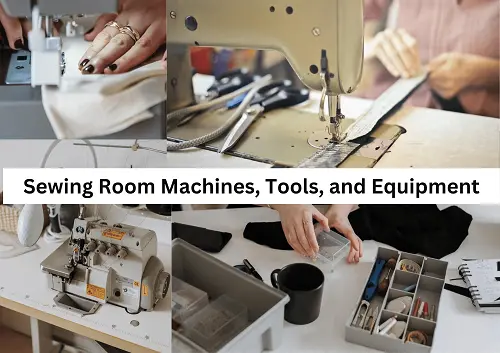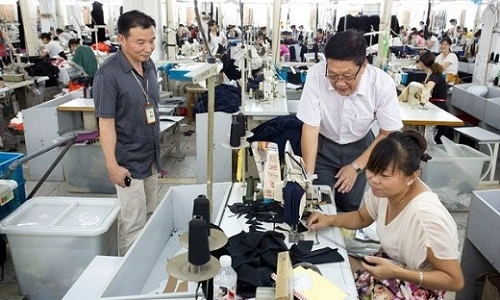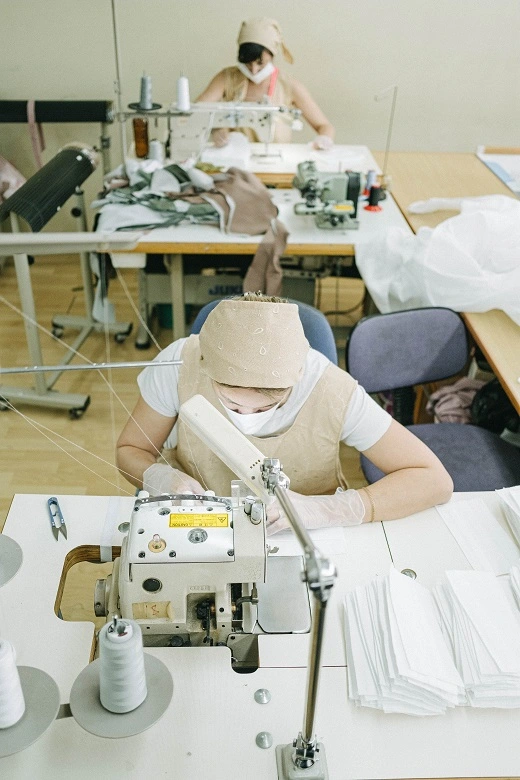Sewing Room Machines, Tools, and Equipment in Apparel industry
List of Sewing Room/ Sections Machines, Tools, and Equipment in the Apparel industry The sewing section is the heart of the garments manufacturing industry. Here, every cutting part is joined together, making a perfect garment for the buyer with the help of different types of sewing machines, threads, needles, tools, and types of equipment. In this[…]






